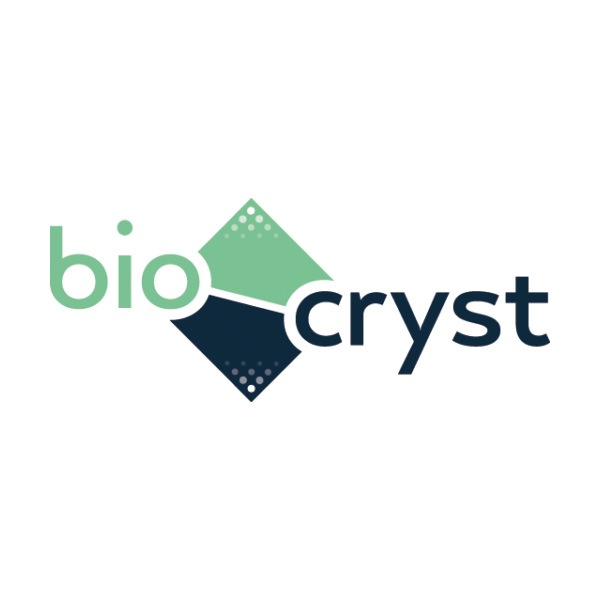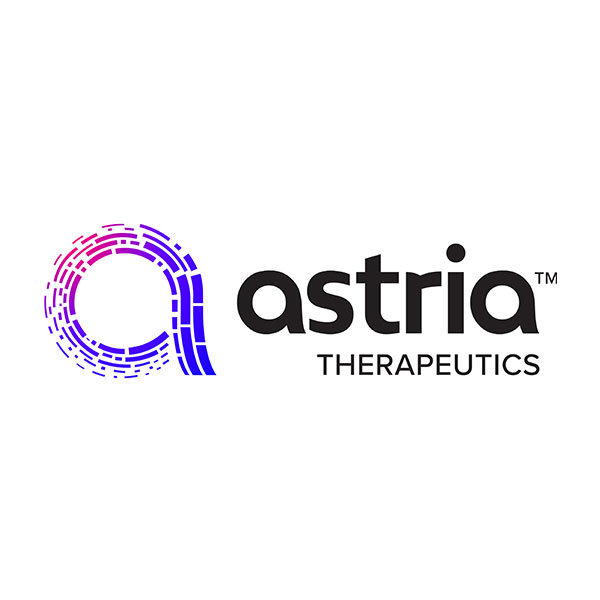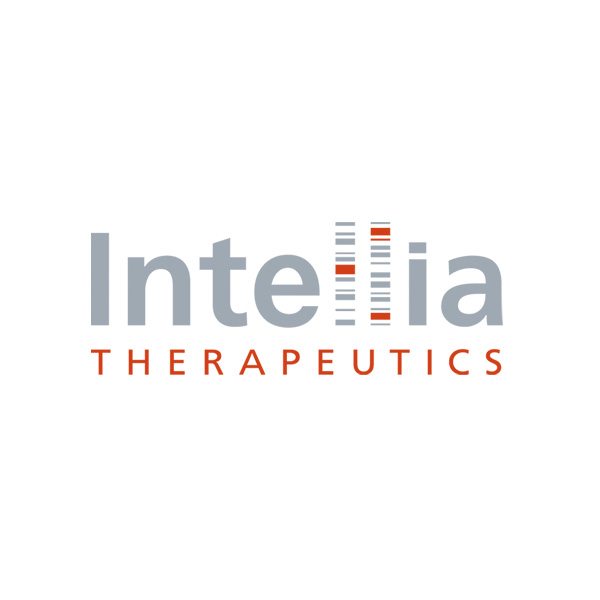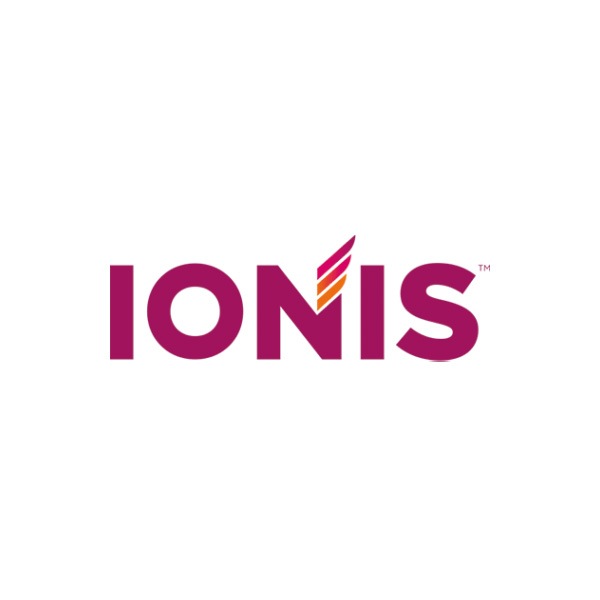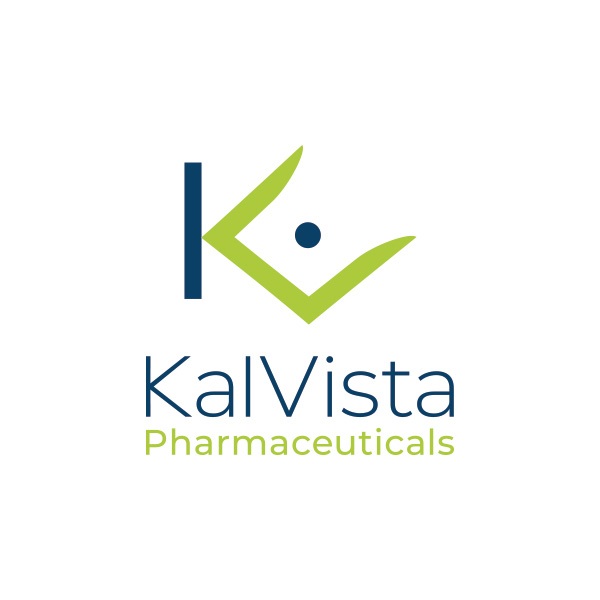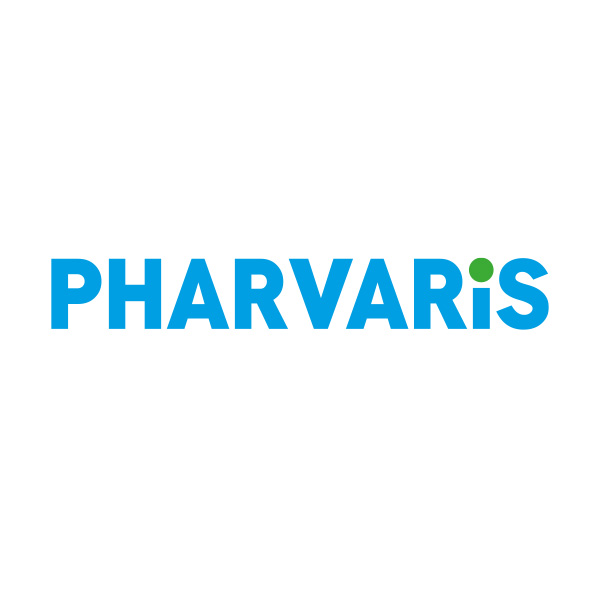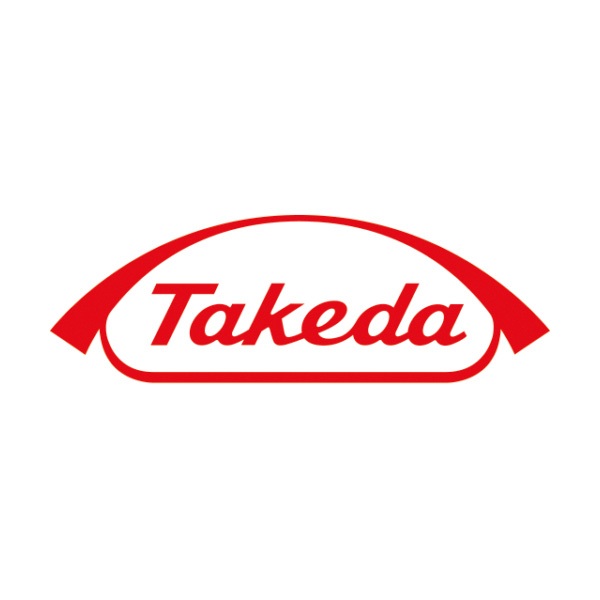FREQUENTLY ASKED QUESTIONS
On this page you can find the answers to most of your HAE related questions, provided as a FAQ (frequently asked questions). If your question is not answered please fill in the box on the right hand side and send us your question.
(Click on + to expand and see the answer to each question)
Hereditary Angioedema (HAE) is a rare genetic disorder characterized by recurrent, painful episodes of swelling of the skin or mucous membranes. This results in swelling of various body parts, including the hands, feet, face, abdomen (gastrointestinal tract), and throat (airway).
Swelling attacks affecting the larynx or tongue are particularly dangerous and can cause death by suffocation (choking) if untreated.
Exact figures regarding the frequency that HAE occurs (incidence) are not available. It is estimated that about 1 in 10,000 to 1 in 50,000 people are affected worldwide.
The age of HAE onset varies. Most people with HAE first experience symptoms in childhood.
Studies suggest that:
- 50% of people with HAE first experience an attack before age 10
- Most people have experienced their first attack before 18 years of age
- Around 10% of people with HAE report initial symptoms between age 18-25
- HAE attacks have been reported in children as early as one (1) year of age
HAE attacks are generally infrequent in young children, and symptoms are usually mild. The frequency and severity of HAE attacks typically increase during puberty and adolescence.
Without treatment, people with HAE continue to experience attacks throughout their lives.
HAE can be successfully managed with effective preventative (prophylaxis) and on-demand (acute) treatment. When people with HAE can access modern therapies to manage their HAE, their quality of life improves.
People with HAE experience recurrent, painful episodes of swelling of the skin or mucous membranes. This results in swelling of various body parts, including the hands, feet, face, abdomen (gastrointestinal tract), and throat (airway).
Although skin swelling is almost never associated with itching, people with HAE report a “tightness” sensation at the site where the swelling occurs, which can be unpleasant. Facial swelling can be disfiguring.
Swelling in the abdomen (intestinal wall) can result in excruciating abdominal pain, nausea, vomiting, and/or diarrhea. These symptoms are distinguishing features of HAE with C1-inhibitor deficiency as recurrent severe abdominal pain is rarely seen in allergic (histaminergic) angioedema.
Swelling in the throat is the most dangerous aspect of HAE because the airway can be closed and, without treatment, can cause death by choking (suffocation).
The frequency of HAE attacks is highly variable between people. It may vary in the same individual during different stages of their life. Women seem to be more severely affected than men and have more frequent attacks than men. Without effective treatment, people with HAE experience attacks on average every two (2) weeks, with a frequency ranging from rarely to every three (3) days.
People with HAE experience attacks of swelling that affect various body parts. Swelling attacks occur most commonly in the skin (for example, hands, feet, face), abdomen (gastrointestinal tract), and throat (airway). Swelling in the throat is the most dangerous aspect of HAE because the airway can be closed and cause death by choking (suffocation).
Without treatment, HAE attack symptoms worsen over the first 12-36 hours and then subside; it can take between two to five (2-5) days for an attack to subside completely. Some people experience HAE attacks that last over a week.
People with HAE experience a significant disease burden and reduced quality of life. Due to pain and other debilitating symptoms of attacks, HAE can impact an individual’s ability to carry out daily activities like attending work or school or participating in leisure or social activities. People with HAE experience higher levels of depression and anxiety due to the unpredictable nature of attacks, the potential for suffocation from a throat attack, and the possibility of passing the disease on to future generations.
Without treatment, HAE attack symptoms worsen over the first 12-36 hours and then subside; it can take between two to five (2-5) days for an attack to subside completely. Some people experience HAE attacks that last over a week.
Although HAE episodes are self-limiting, the unpredictable nature of attacks places considerable strain on the person living with HAE, often restricting the ability to lead a normal life and reducing the quality of life.
Because a typical attack lasts several days before it subsides, without treatment, people with HAE may be debilitated by symptoms for 100 days or more than three (3) months a year. The death rate for untreated people with HAE with airway angioedema is estimated to be around 30%.
HAE attacks are painful and debilitating, they have a negative effect on the quality of life, and in the case of a throat attack, they can be life-threatening because the airway can be closed and cause death by choking (suffocation).
Because a typical attack lasts several days before it subsides, without treatment, people with HAE may be debilitated by symptoms for 100 days or more than three (3) months a year. The death rate for untreated people with HAE with airway angioedema is estimated to be around 30%.
You cannot ‘catch’ HAE – it is usually inherited from a parent.
Most people with HAE have a defect in the gene that controls an important protein called C1-inhibitor that is found in plasma – the fluid part of blood. Because of this genetic defect, the C1-inhibitor in people with HAE does not do its job, which is to control complex biological interactions that occur in plasma. Left uncontrolled, these interactions produce a substance called bradykinin that causes swelling by allowing plasma fluids to leak into the soft tissue of various body parts.
Most HAE attacks occur spontaneously with no apparent reason or trigger. However, in some cases, a cause can be identified, e.g.:
- Infections, minor injuries, and mechanical stimuli such as pressure can induce an attack.
- Dental procedures or surgery to remove the tonsils are particularly critical, as they can cause swelling in the airway or throat (larynx).
- Emotional and mental stress can also trigger an attack.
- Hormonal factors are another known cause of HAE attacks. For example, the frequency of episodes can be higher in women taking oral contraceptives containing estrogen, products for menopausal complaints, or who have their menstruation.
- People with HAE have also described other triggers such as exposure to cold, routine activities that can cause mechanical trauma such as gardening and prolonged sitting or standing.
A class of blood pressure-lowering drugs known as angiotensin-converting enzyme (ACE) inhibitors is known to increase the frequency and severity of HAE attacks. As a result, they are often contraindicated in HAE patients. HAE patients should avoid taking this type of medication.
As with any HAE attack, an airway or throat swelling can happen spontaneously. Triggers for airway or throat swelling include dental procedures or surgery to remove the tonsils.
The signs of throat swelling include voice changes such as a deeper voice, hoarseness, or losing your voice. Many people with HAE also experience a feeling of a lump or tightness of the throat and difficulty swallowing.
Around half (50%) of people with HAE will experience one throat or airway swelling in their lifetime. The death rate for untreated people with HAE with airway angioedema is estimated to be around 30%.
It is important to recognize that throat swelling is an emergency that always requires immediate medical attention at the first sign of symptoms, even if effective HAE medication is given at home.
Most cases of angioedema or swelling are not HAE or C1-inhibitory deficiency.
Laboratory analysis of blood samples, or genetic samples, is required to establish a diagnosis of HAE. There are three specific blood tests used to confirm hereditary angioedema Type I or Type II:
- C1-inhibitor quantitative (antigenic)
- C1-inhibitor functional
- C4
For people with HAE with normal C1-inhibitor, the C1-inhibitor levels and function are normal. Researchers have discovered that in some instances, HAE with normal C1-inhibitor is associated with mutations in factor XII (F12), plasminogen (PLG), angiopoietin (ANGPT1), kininogen (KNG1), or myoferlin (MYOF) genes. However, in many cases, the genetic cause of HAE with normal C1-inhibitor is unknown. Some commercial laboratories can test for Factor XII mutations, but there are no routine laboratory tests to confirm a diagnosis of HAE with normal C-1 inhibitor.
In general, a diagnosis of HAE should be suspected when a patient presents with a history of recurrent swelling. Additional signs and symptoms that support a diagnosis of HAE include:
- a family history that includes swelling attacks or cases of HAE
- the onset of symptoms in childhood
- recurrent and painful abdominal symptoms
- swelling of the throat or airway
- the swelling doesn’t respond to treatment with antihistamines, glucocorticoids, or epinephrine
- signs or symptoms that indicate a swelling attack will happen (prodromes)
- the absence of wheals (urticaria or a rash) when the swelling occurs
Women with HAE can have children, as HAE does not impair fertility.
Pregnancy can, however, impact the frequency and severity of HAE attacks. As a result, some women may experience more frequent and/or severe HAE attacks. In contrast, others may experience fewer or no HAE attacks while pregnant.
During pregnancy and breastfeeding, treatment with anabolic androgens (or steroids) or tranexamic acid is not recommended.
Most women with HAE experience a healthy delivery of their baby, just like those within the general population. HAE attacks are rare at the time of delivery. There is some indication of an increase in attack frequency in the post-partum period.
As HAE is an inherited condition, each baby born to a parent with HAE has a 50% possibility of inheriting HAE. If you want to get pregnant or are pregnant, your doctor will follow you closely to discuss appropriate management of your HAE with you.
HAE is a rare and relatively unknown disease, and many doctors aren’t familiar with HAE symptoms. The symptoms are also similar to those of other common illnesses. [Zuraw 2008] This often leads to a wrong diagnosis and consequently the wrong treatment.
Symptoms of HAE that can often be misdiagnosed as an allergic reaction include:
- Abdominal swelling and pain
- Face and throat swelling
- Swelling in general
As a result, it can take more than 8 years [Lumry 2020] to recognize and then diagnose HAE. A simple blood test can confirm an HAE diagnosis.
While the symptoms can often be mistaken for an allergic reaction, HAE attacks do not respond to common allergy treatments, including antihistamines, corticosteroids, or epinephrine.
The frequency of HAE attacks is highly variable between people. It may vary in the same individual during different stages of their life.
People with HAE experience a significant disease burden and reduced quality of life. Due to pain and other debilitating symptoms of attacks, HAE can impact an individual’s ability to carry out daily activities like attending work or school or participating in leisure or social activities.
People with HAE experience higher levels of depression and anxiety due to the unpredictable nature of attacks, the potential for choking (suffocation) from a throat attack, and the possibility of passing the disease on to future generations.
HAE can be successfully managed with effective preventative (prophylaxis) and on-demand (acute) treatment. When people with HAE can access modern therapies to manage their HAE, their quality of life improves.
HAE with C1-inhibitor deficiency is classified into Type I and Type II. There are also people who experience symptoms that are similar to those of Type I and II, but blood tests reveal normal levels and function of C1-inhibitor.
Type I is the most common (approx. 85% of people with HAE) and is characterized by low quantitative levels of C1-inhibitor.
Type II affects approx. 15% of people with HAE. Lab tests show normal or elevated levels of C1-inhibitor, but the protein does not function properly.
HAE is hereditary because the genetic defect that causes HAE is passed on in families: A child has a 50% possibility of inheriting HAE if one of the parents has it. However, the absence of family history does not rule out an HAE diagnosis. Up to 25% of HAE cases result from a spontaneous mutation of the C1-Inhibitor gene at conception.
There are also people who experience symptoms that are similar to Type I and II, but blood tests reveal normal levels and function of C1-Inhibitor. This rarer type of HAE is known as HAE with normal C1-inhibitor. Researchers have discovered that in some instances, HAE with normal C1-inhibitor is associated with mutations in factor XII (F12), plasminogen (PLG), angiopoietin (ANGPT1), kininogen (KNG1), or myoferlin (MYOF) genes. However, in many cases, the genetic cause of HAE with normal C1-INH is unknown. Some commercial laboratories can test for Factor XII mutations, but there are no routine laboratory tests to confirm a diagnosis of HAE with normal C-1 inhibitor.
There are effective treatments that help reduce the frequency and severity of swellings and relieve symptoms. Sadly, and similar to many other diseases, there is no cure for HAE.
The goals of HAE treatment are to achieve complete control of the disease and to normalize patients’ lives. Research is ongoing to develop more and more effective medications for HAE. With the effective modern medication available today for HAE, some people with HAE report that they can live life effectively free from swellings.
Current HAE treatment strategies focus on medications to [Maurer 2022]:
- Provide rapid relief during attacks (on-demand or acute treatment)
- Prevent symptoms in people with HAE who experience a high frequency of attacks (long-term prophylaxis)
- Prevent symptoms in people with HAE who undergo dental or surgical procedures, which may trigger an attack (preprocedural or short-term prophylaxis).
All people with HAE should work with their physician to develop an individualized HAE management plan which includes a treatment action plan.
While the symptoms can often be mistaken for an allergic reaction, HAE attacks do not respond to common allergy treatments, including antihistamines, corticosteroids, or epinephrine.
About medicine classes and names
Medicines with certain similarities can be grouped into drug classes. The similarities could be due to the chemical structure of the medicine, their mode of action, or that they are used to treat the same disease.
Every medicine has an approved generic name. This is the name of the active ingredient in that particular medicine. As several companies may make the same generic medicine, each company will give their product a brand or trade name.
An example of this is the painkiller, ibuprofen. The drug class that ibuprofen belongs to is called non-steroidal anti-inflammatory drugs. The generic name is ibuprofen, and several companies make it with brand names such as Advil®, Neurofen®, Motrin®, Ibumetin®, Dolgit®.
We will refer to drug classes and generic names when discussing specific medicines for HAE.
Long-term prophylaxis (LTP) is where a person with HAE uses regular medication to prevent swelling attacks from occurring. LTP reduces the number of swelling attacks a person with HAE experiences and, some modern LTP medications mean that people with HAE no longer experience swellings.
HAE (Type I and II) therapies for LTP vary from country to country as specific treatments are not licensed in all countries.
This treatment strategy should be tailored to the individual and considered for all people with HAE taking into account the frequency and severity of attacks, the individual’s quality of life, the availability of healthcare resources, and failure to achieve adequate control with on-demand or acute treatments.
As swelling attacks can still happen even if LTP is used, all people with HAE using LTP should also have on-demand or acute medication available.
In recent years, additional medications for HAE LTP have been approved by medicine regulators. The types of specific HAE medication available and recommended for LTP include:
- C1-inhibitor concentrate
- products made from blood plasma (pdC1-inhibitor concentrate)
- Plasma kallikrein inhibitor
- lanadelumab
- berotralstat
Where these medications are not available, attenuated androgens can be used for LTP. They have been shown to reduce the number of swelling attacks. However, they have many side effects, contraindications, and drug interactions. Antifibrinolytics such as tranexamic acid can also be used for LTP when attenuated androgens are contraindicated. Antifibrinolytics are not formally recommended due to a lack of evidence of their effectiveness, but the Guideline experts noted that some people with HAE may find them helpful. Their side effects are usually minor.
FOR CHILDREN
The types of specific HAE medication available and recommended for LTP in children and adolescents generally mirror those available for adults. Where pdC1-inhibitor concentrate is unavailable, antifibrinolytics such as tranexamic acid can be used for LTP. Due to their better safety profile, LTP with antifibrinolytics is preferred over androgens in children. However, there is a lack of data to support its use.
Short-term prophylaxis is usually performed before surgical procedures or dental treatment. Dental procedures or surgery to remove the tonsils are potentially critical triggers as they can cause swelling in the throat or airway (larynx).
Where is it available, the use of intravenous plasma-derived (pd) C1-inhibitor concentrate is considered the short-term prophylaxis treatment of choice. It is administered as close as possible to the start of the procedure. Recombinant C1-inhibitor concentrate can be considered if intravenous pdC1-inhibitor is not available. Where neither intravenous C1-inhibitor concentrate is available:
- Fresh frozen plasma (FFP) may be used.
- Attenuated androgens can also be considered as an alternative. For scheduled pre-procedure prophylaxis, androgens are used for 5 days before and 2-3 days post-event.
There is always the potential that a breakthrough attack can occur, so on-demand treatment needs to be available during the procedure.
FOR CHILDREN
Similar to adults, where pdC1-inhibitor concentrate is available, it is considered the short-term prophylaxis of choice. A short course of attenuated androgens can be used as an alternative when C1-inhibitor concentrate is unavailable. There is always the potential that a breakthrough attack can occur, so on-demand treatment should be available during the procedure.
HAE is hereditary because the genetic defect that causes HAE is passed on in families: A child has a 50% possibility of inheriting HAE if one of the parents has it. However, the absence of family history does not rule out an HAE diagnosis. Up to 25% of HAE cases result from a spontaneous mutation of the C1-Inhibitor gene at conception.
HAE is an autosomal dominant disease, which means one copy of the defective gene in each cell is sufficient to cause the disorder.
Men and women are equally likely to have HAE.
If you have been diagnosed with HAE and are concerned that other family members may have it, you may wish to make an appointment to speak to your HAE doctor to talk through your concerns. This way, you will have further background information and can feel more prepared before speaking to your family.
HAE is usually inherited from a parent. You cannot ‘catch’ HAE.
Men and women are equally likely to have HAE.
The age of HAE onset varies considerably from early childhood to teenage years. Most people with HAE experience an increased frequency of attacks during puberty.
HAE is hereditary because the genetic defect that causes HAE is passed on in families: A child has a 50% possibility of inheriting HAE if one of the parents has it. However, the absence of family history does not rule out an HAE diagnosis. Up to 25% of HAE cases result from a spontaneous mutation of the C1-Inhibitor gene at conception.
Although both HAE and allergy symptoms include swelling, they have different causes. Swelling from allergy is caused by histamine.
HAE swelling is caused by excessive levels of bradykinin in the blood. As a result, HAE attacks do not respond to common allergy treatments, including antihistamines, corticosteroids, or epinephrine.
Current HAE treatment options focus on providing rapid relief during swelling attacks (acute or on-demand therapy) or preventing attacks from occurring (prophylaxis therapy).
Early diagnosis and treatment of HAE is important as HAE attacks are painful and debilitating, they have a negative effect on the quality of life, and in the case of a throat attack, they can be life-threatening:
- People with HAE experience recurrent, painful episodes of swelling in various body parts, including the hands, feet, face, abdomen (gastrointestinal tract), and throat (airway).
- Swelling in the abdomen (intestinal wall) can result in excruciating abdominal pain, nausea, vomiting, and/or diarrhea.
- Swelling in the throat is the most dangerous aspect of HAE because the airway can be closed and cause death by choking (suffocation).
Once an individual is diagnosed, experts recommend that all immediate family members (parents, siblings and children) are tested for HAE. Testing for HAE is possible within the first year of life however, some physicians recommend that you wait until a baby is at least one (1) year old before testing. This is due to highly variable C1 antigenic and C4 levels in the first year of life.
These symptoms can often be mistaken for an allergic reaction, but HAE attacks do not respond to common allergy treatments, including antihistamines, corticosteroids, or epinephrine.
Because a typical attack lasts several days before it subsides, without treatment, people with HAE may be debilitated by symptoms for 100 days or more than three (3) months a year. The death rate for untreated people with HAE with airway angioedema is estimated to be around 30%.
Current HAE treatment options focus on providing rapid relief during swelling attacks (acute therapy) or preventing attacks from occurring (prophylaxis therapy).
On-demand or acute treatment is used to stop the progression of the swelling and to relieve the symptoms. Rapid use of on-demand or acute treatment is especially important where the swelling in is the throat or airway. If the throat attack is left untreated, it can lead to death by choking (suffocation).
HAE (Type I and II) therapies for on-demand or acute treatment vary from country to country as specific treatments are not licensed in all countries.
The types of specific HAE medication available and recommended for on-demand or acute treatment include:
- Intravenous C1-inhibitor concentrate
- Products made from blood plasma (pdC1-inhibitor concentrate)
- Products that are not made from blood plasma (recombinant or rhC1-inhibitor concentrate).
- Plasma kallikrein inhibitor
- ecallantide
- Bradykinin-receptor antagonist
- icatibant
In countries where HAE-specific on-demand or acute treatments are not available, physicians are limited to non-HAE-specific medications or even just pain killers.
The International WAO/EAACI Guideline for the Management of Hereditary Angioedema makes the following recommendations for acute or on-demand treatment for HAE:
- Early treatment with intravenous C1-inhibitor concentrate, ecallantide, or icatibant provides a better response than late treatment, often resulting in a shorter time to complete symptom relief and a shorter duration of the swelling overall.
- HAE attacks should be treated as early as possible. Early treatment can be achieved with self-administration. All C1-inhibitor concentrates and icatibant are licensed for self-administration although approved product uses vary around the world.
- If C1-inhibitor concentrates, ecallantide, or icatibant are not available then solvent-detergent treated plasma (SDP) should be used.
- If SDP is not available then fresh frozen plasma (FFP) should be used to treat attacks, where a safe supply is available.
The experts who developed the Guideline advise against using antifibrinolytics (e.g., tranexamic acid) or androgens (e.g., danazol) as on-demand treatments for HAE attacks. Studies show no, or very small, effects when used in this way.
FOR CHILDREN
The types of specific HAE medication available and recommended for on-demand or acute treatment for children or adolescents include:
- C1-inhibitor concentrate
- Products made from blood plasma (pdC1-inhibitor concentrate)
- Products that are not made from blood plasma (recombinant or rhC1-inhibitor concentrate).
- Bradykinin-receptor antagonist
- icatibant
Where these modern medications are not available, solvent-detergent treated plasma (SDP) is preferred to fresh frozen plasma (FFP), but both can be considered.
Didn’t you find an answer to your question?
Send us a note with your question and we will get back to you within three working days. Your question might even be added to the FAQ or glossary in the future.
HAE related topics that might interest you
Global Perspectives
Magazine with timely information on the issues, activities, and events that are relevant to the global HAE community
HAEi Advocacy Academy
Courses, advocacy training, and tools to support people living with HAE and becoming an HAE advocate
HAEi Connect Member database
Free, secure online membership database and communications platform for HAEi’s member organizations
HAE Companion app
Access to HAEi’s emergency card in many languages and ACARE Centers, HAE knowledgeable hospitals and physicians
Stay tuned – sign up for our newsletter
BE THE FIRST TO KNOW ABOUT HAE NEWS, TREATMENTS, EVENTS AND RELATED TOPICS


